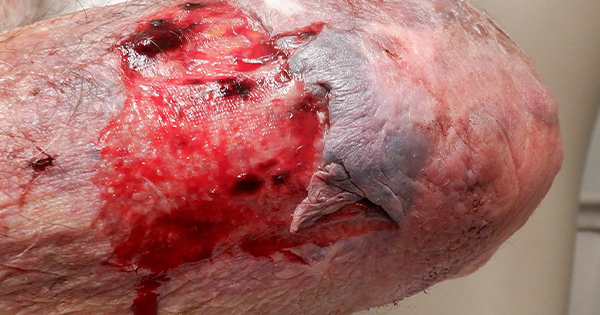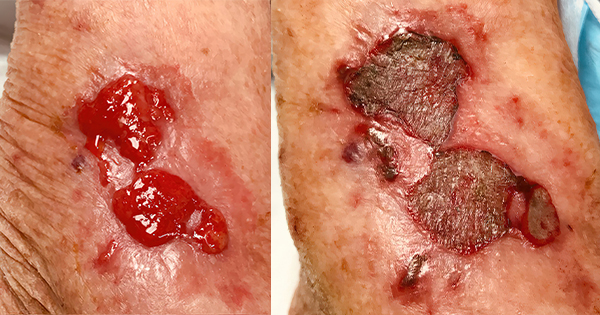<p>Background: Secondary lymphoedema is a chronic condition that has a financial, emotional and physical impact and causes a decrease in quality of life for affected patients. Twenty cases of lymphoedema presenting in patients undergoing sirolimus immunosuppresive therapy, for renal or hepatic transplantation, have been reported since 2004. Although some patients showed a marked improvement after cessation of sirolimus treatment, more recent reports have emerged of patients who show little or no improvement and must learn to adapt to manage this chronic condition.</p>n<p>Aims: This review aims to summarise the cases that have been reported so far and identify areas of future study that may lead to improved methods of avoiding or managing this complication of sirolimus therapy.</p>n<p>Methods: A literature review was carried out focusing on chemically induced lymphoedema using the National Library of Medicine’s Medline database.</p>n<p>Results: A Medline search revealed 20 cases of sirolimus-induced lymphoedema to date, 18 in kidney transplant patients. There has also been a reported case of lymphoedema as a side effect in a paediatric renal transplant patient treated with sirolimus.</p>n<p>Conclusions: The fact that there is an increasing number of reports of transplant patients developing lymphoedema after having sirolimus therapy demonstrates that this area requires further investigation.</p>n<p>Declaration of interest: None.</p>






